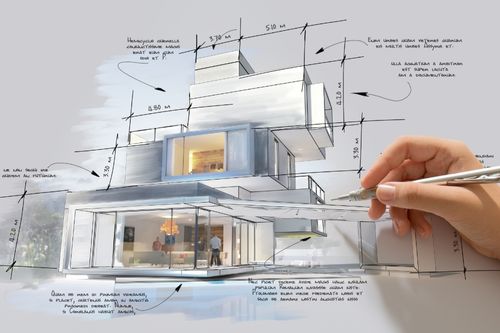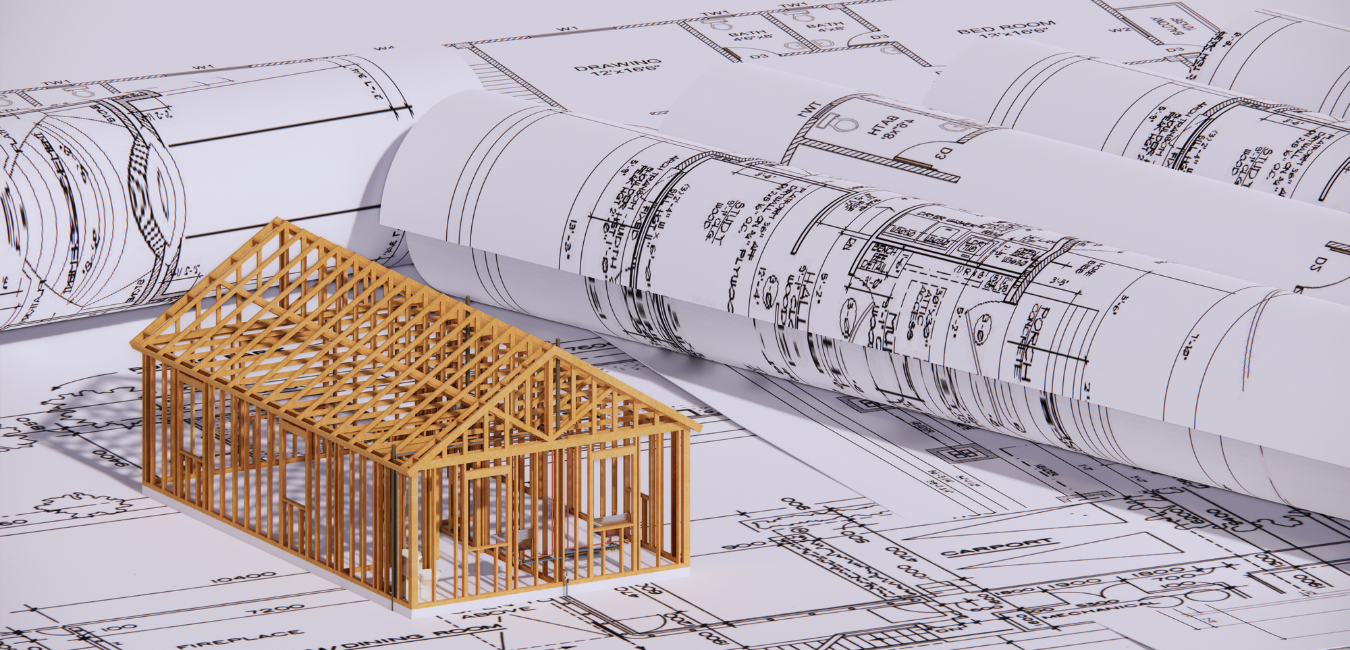The Creative Process Behind Successful Projects from CDA Architects
The Creative Process Behind Successful Projects from CDA Architects
Blog Article
The Effect of Technological Innovations on the Layout Practices of Contemporary Architects
The quick advancement of technological tools has substantially reshaped the design landscape for contemporary designers, promoting extraordinary degrees of innovation and sustainability. Exploring these dynamics exposes a nuanced interaction in between modern technology and typical design methodologies, prompting a closer evaluation of what the future holds for building practices.
Evolution of Architectural Tools
Exactly how have architectural tools transformed the design and building processes over the centuries? The advancement of building tools has substantially affected the effectiveness, accuracy, and creativity of style and building. In ancient times, architects count on basic instruments such as plumb bobs, gauging poles, and fundamental geometry to produce structures. These tools laid the foundation for very early building method, allowing for the construction of legendary frameworks, albeit with limitations in precision and intricacy.
With the development of the Renaissance, the introduction of the compass and the protractor noted an essential shift. These devices allowed architects to attain greater accuracy in their layouts, helping with the emergence of even more intricate and proportional buildings (cda architects). The Industrial Change even more revolutionized building method with the intro of mechanized tools and products, enabling bigger and much more enthusiastic jobs
In the 20th century, the development of computer-aided style (CAD) software transformed the landscape once more, offering engineers with unprecedented abilities in modeling and visualization. Today, progressed tools such as Structure Details Modeling (BIM) and parametric design software program continue to push the limits of building development, making it possible for a more integrated strategy to design and building procedures.

Improved Partnership in Layout
As modern technology remains to develop, enhanced cooperation in style has actually come to be a cornerstone of modern-day building practice. The assimilation of digital devices such as Building Details Modeling (BIM), cloud-based platforms, and progressed visualization software application has changed the way engineers, engineers, and stakeholders connect throughout the style procedure. These tools promote real-time communication, permitting teams to share concepts, adjustments, and feedback promptly, despite geographical area.
Furthermore, digital reality (VIRTUAL REALITY) and augmented truth (AR) have more enriched collaborative initiatives by enabling immersive experiences that enable customers and employee to imagine tasks in a more interesting manner. This level of communication not only improves understanding yet also promotes a feeling of possession among stakeholders, causing even more educated decision-making.
Additionally, interdisciplinary collaboration has actually been structured through these technological improvements, enabling architects to work a lot more very closely with other professionals, such as metropolitan organizers and ecological consultants. The result is a much more natural technique to design that considers different point of views and expertise. Ultimately, enhanced partnership in style is not simply a pattern; it is crucial for developing innovative, functional, and aesthetically pleasing design in a progressively complicated world.
Sustainability With Innovation
Sustainability in design has progressively ended up being intertwined with technological innovation, driving the industry towards eco liable methods - cda architects. Contemporary designers are leveraging innovative technologies to lessen environmental influence while enhancing the efficiency of buildings. look at more info One famous example is using Structure Info Modeling (BIM), which permits specific preparation and resource allocation, reducing waste throughout building and promoting power performance throughout a structure's lifecycle
Additionally, wise materials and energy-efficient systems are being incorporated right into styles to maximize source use. Technologies such as solar batteries and green roofing systems harness eco-friendly energy sources, adding to decreased carbon impacts. In addition, the application of expert system in style processes makes it possible for designers to simulate and assess energy intake, assisting decisions towards more lasting outcomes.
The assimilation of sustainable modern technologies not only straightens with worldwide ecological goals yet likewise fulfills a boosting demand from customers for environmentally friendly remedies. As architects welcome these developments, the emphasis moves in the direction of creating areas that are not just visually pleasing yet also functionally lasting, thereby redefining the requirements of modern design. In this means, innovation works as a driver for sustainability, making it possible for designers to make buildings that respect and boost the native environment.
Difficulties in Execution
While technological improvements in style hold fantastic pledge for boosting sustainability, their implementation typically runs into significant difficulties. One key barrier is the steep knowing contour linked with new technologies. Designers and building specialists might require comprehensive training to successfully use innovative software program and devices, which can postpone task timelines and raise prices.
Additionally, the integration of emerging technologies, such as Building Details Modeling (BIM) and lasting products, usually necessitates collaboration across multidisciplinary groups. This cooperation can be hindered by differences in expertise, workflows, and communication designs, bring about possible disputes and ineffectiveness.
Financial constraints even more complicate the fostering of cutting-edge innovations. Lots of building firms, especially smaller ones, may do not have Source the resources to purchase advanced tools, limiting their capacity to complete with larger firms that can manage such financial investments.
Furthermore, regulatory structures and building codes may not maintain speed with technological innovations, producing ambiguity and possible conformity issues. This obstacle can prevent architects from totally accepting brand-new innovations, as the risk of non-compliance might outweigh the advantages. Dealing with these execution challenges is essential for the effective combination of technical developments in modern architectural methods.
Future Trends in Design
The obstacles related to the execution of brand-new innovations in style have triggered a reevaluation of future fads within the industry. As designers browse concerns such More hints as sustainability, urbanization, and social equity, they are increasingly embracing cutting-edge technologies to enhance layout efficiency and environmental efficiency.
One noticeable trend is the combination of expert system (AI) in the design process. AI tools can examine substantial datasets to inform design decisions, improving both creative thinking and functionality. Similarly, Building Info Modeling (BIM) continues to progress, making it possible for real-time cooperation among stakeholders and helping with streamlined job administration.
Sustainable design practices are also gaining energy, with engineers concentrating on flexible reuse and regenerative layout concepts that decrease source intake and waste. The unification of wise products and sustainable energy sources will further enhance the resilience of structures despite environment modification.
Furthermore, the rise of parametric design allows for even more individualized and context-sensitive building services. By harnessing these advancements, engineers are positioned to create constructed settings that not only address the prompt demands of culture however also prepare for future difficulties, consequently redefining the role of style in an ever-changing globe.
Final Thought

Report this page